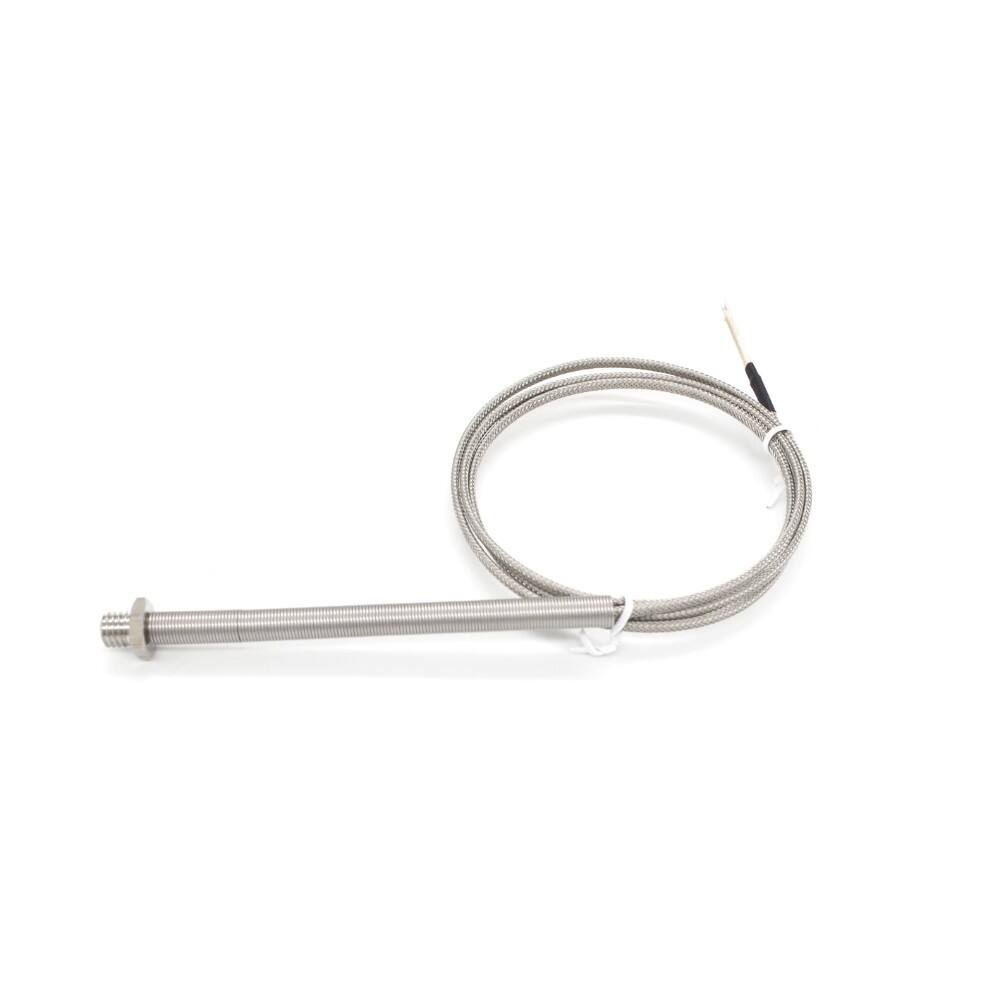For the task of temperature measurement, two sensors that are commonplace in the industrial setting are the RTD (Resistance Temperature Detector) and the Thermocouple. Each of these has its own set of characteristics and functions, and this is why it is crucial to be informed of their differentiating factors to come up with the best selection for your situation.

RTD Temperature Sensors
RTD temperature sensors work on the scientific principle that says the resistance of a metal rises as temperatures rise. These temperature detectors are usually made from pure platinum which is reliable and can operate effectively over a wide temperature range. The big advantage of RTDs is that they can provide high accuracy, which comes as a big plus in industries such as laboratories and in manufacturing processes that require precision.
The Advantages of RTD Sensors
One of the most notable features of RTD temperature sensors is their accuracy. They can attain an accuracy value of ±0.1 °C, which is far better than most thermocouples can achieve. Also, there is a linear trend in the response of RTDs to temperature variations. Because of this, calibration and interpretation become much simpler when it comes to RTDs. Another factor in their advantage is the consistency in their performance. They do not lose their accuracy throughout their lifespan, and therefore, frequent recalibration is unnecessary.
Thermocouples: A Brief Overview
Thermocouples are quite common in measuring temperature. Two metal wires are bonded together at one end and a temperature-induced voltage comes from the two metals. These types of devices can measure high and low temperatures almost without limits and have a wide application in industrial processes and heating, ventilation, and air conditioning (HVAC) equipment.
Thermocouples Advantages
There are some of the major disadvantages of thermocouples as compared to any other device primarily due to their mechanical design in comparison with RTDs. These devices are low-cost and high-speed temperature measuring devices, thus becoming a very economical solution for various applications. Because of the fast response time, it is also possible to measure temperatures in more fast-moving systems.
Installing the Right Sensor
The selection of whether to go for RTD temperature sensors or thermocouples is based on the requirements of the users. If users prefer stability with accuracy then such users would be better off choosing an RTD sensor. However, a thermocouple is preferable if the user application involves high temperatures or extreme environments. Consider the parameters of your operating conditions and the requirements for the accuracy of measurement device dimensioning.
Both RTD temperature sensors and thermocouples are effective, and the way to choose the right one depends on the needs of the application. In order to get high-grade, temperature sensors, which comply with international standards, it is advisable to contact VSEC. All of our quality sensors are built to provide accurate readings and perform under different conditions.
 Hot News
Hot News